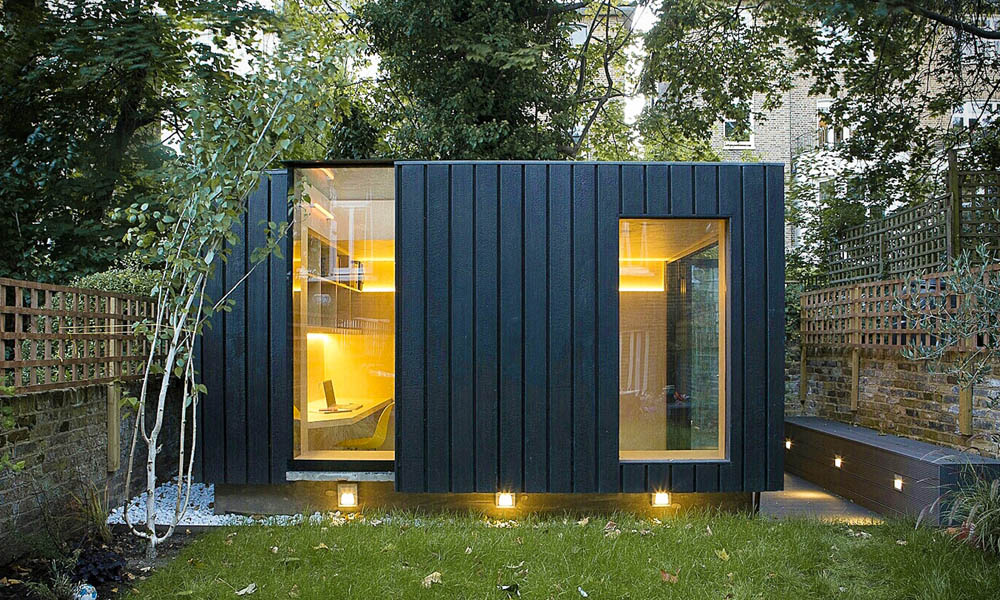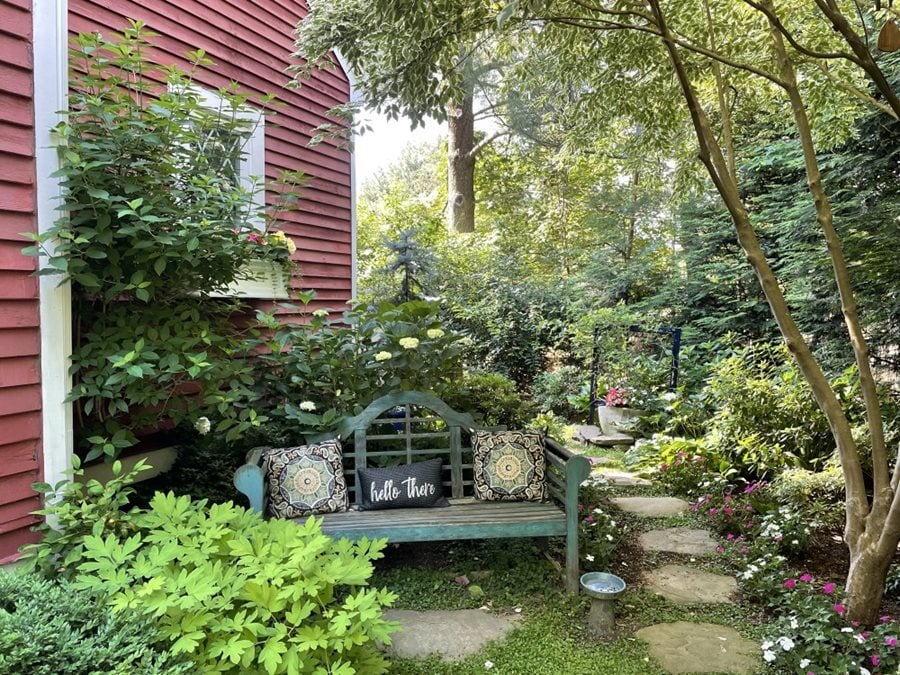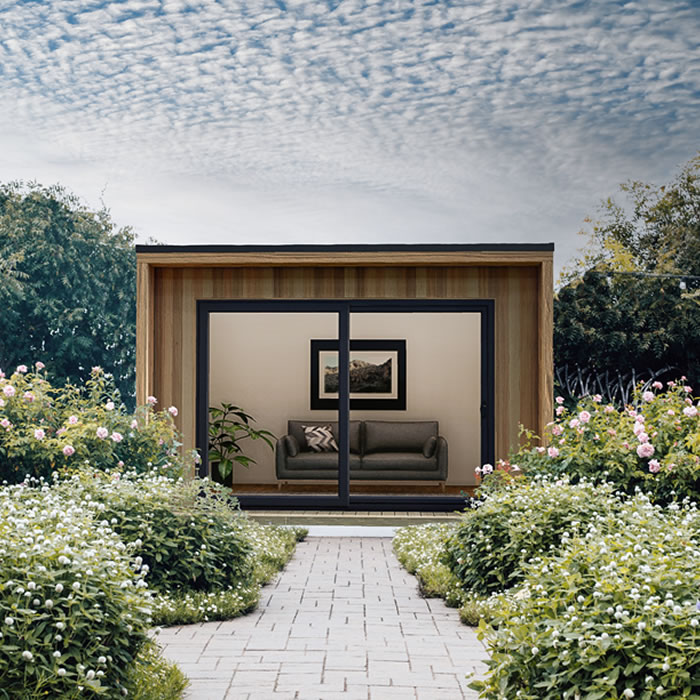Free Tips On Planning Permission For Garden Summer Houses
Wiki Article
What Planning Permission Do You Need For Garden Rooms, Etc. Of Size Restrictions?
When considering the construction of garden rooms, conservatories, outhouses, extension of the garden office or extensions, specific size restrictions often determine whether you need planning permission. Here's an overview of some common size-related criteria you may be required to think about when applying for planning permission.
Planning permission is required for any detached outbuilding when it is more than 50 percent of the total space surrounding the house (excluding its footprint).
Height limits
Single-story buildings. The maximum eaves can't be more than 2.5 meters.
Buildings located within 2 metres from the property's boundary. Maximum height is 2.5 meters.
Floor Area:
If you don't require planning permission, however the structure you are building is floor space larger than 30 square meters and is necessary to get approval from the building regulation.
Distance from boundaries:
If the structure is located within 2 meters of a boundary Planning permission is usually needed if the building's height is more than 2.5 meters.
Building Usage:
The purpose of the space, although not a strict restriction in terms of size, may affect the need for planning permission and whether it is needed. Planning permission could be required when, for example, the building is intended to be used as a commercial or residential space.
Permitted Development Rights:
Permitted Development Rights apply specific restrictions on size and conditions. These rights are different depending on the kind of property and whether it is in a conservation area and/or subject to other limitations.
Conservatories and Extensions
The maximum depth for a one-story rear extension is typically 4 metres in detached houses, and 3 meters for semi-detached houses or terraced homes. The depth can be increased to 8 meters or 6 meters, respectively, under the Neighbour Consultation Scheme, subjected to certain conditions.
The maximum height of an extension in the rear that is single story is 4 metres.
Side Extensions
Side extensions' maximum width is half of the width of the original home, and the height can't exceed 4 meters.
Volume Restrictions:
In certain areas such as conservation zones, or Areas of Outstanding Natural Beauty, any construction that exceeds 10% or increases its size by 50 cubic meter may need planning approval.
Front Extenders
Planning permission is required for any extensions that go beyond the front of the home.
It's essential to verify with your local authorities, since regulations vary based the location you reside in and the conditions on the property. If no planning permit is required, approval according to the building regulations could still be required for structural integrity or security reasons. Check out the most popular how big can you build an outhouse without planning permission for more examples including insulated garden buildings, insulated garden rooms, best electric heater for cabin, garden rooms near me, garden room permitted development, do i need planning permission for a garden room with toilet, what size garden room without planning permission, outhouse uk, Tring garden rooms, ground screws vs concrete and more.

What Permissions Do You Require In Order To Use Garden Rooms As Well As Other Listed Buildings?
When you plan to construct garden rooms, conservatories, outhouses, extension or garden offices on the grounds of a listed building special considerations and stricter regulations apply. These are the major points about planning permissions for these projects. The Building Consent for Listed Buildings
In addition to getting planning permission, any modification or extension within the boundaries of a historic building will require listed-building consent. This is because changes can impact the character and special importance of the listed property.
Historical character and its impact:
Planning permission is required for any new structure or extension that might alter the historic character or appearance of the listed building or its setting. This includes garden buildings and outbuildings.
Design and Materials
The new structure's design and materials must reflect the historical and architectural significance of the current building. Planning permission is required for bespoke designs or the use traditional building materials.
The building is situated in close proximity to the listed building
The impact of any new structure in the vicinity of a historic building is examined to determine if they affect the structure's character. If they are to not alter the character of the building, planning permission will need to be sought.
Dimension and scale:
The proposed garden room the size of the conservatory, extension scale must be proportionate to the size of the listed building. The larger building is more likely to need detailed assessment and a planning permit.
The location on the property
The position of your new structure (whether it is in front, to the side or at the rear of the structure) will determine whether you need permission to plan. Places that are visible from the street or that interfere with the views of a structure are typically subject to greater scrutinization.
Changes in the internal structure:
Even if the new structure is not detached from the listed building, any changes made to the listed structure (such as the construction of new access points) will require listed building consent and planning permission.
Conservation Area Overlap
The listed building must also be situated within a Conservation Area. Planning permission is necessary in order to make sure that the building is compliant with both listed buildings and conservation area regulations.
The building is used to:
The location of an outbuilding or gardenroom can affect the need for a planning permit. The design of an outbuilding or garden space which implies a significant alteration to the property, for example, a residential home or commercial space, is subject to greater scrutiny.
Structural Impact:
The listed building consent as well as permission for planning are required for any work that may impact the structure's integrity. This is to ensure that the old and new structures are able to be safely combined.
Local Authority Guidelines
Local authorities typically have their own guidelines on listed buildings that define the types of construction and modifications are permissible. These guidelines can only be implemented with permission from the planning department.
Professional Assessments
Conservation professionals are typically called upon to carry out detailed evaluations of proposals for works on properties that are listed. These assessments help determine the feasibility of proposed modifications and provide support for the planning application.
It is crucial to remember that planning permission or listed building consent will almost always be required to permit the construction of conservatories, garden rooms and outhouses as well as garden offices, extensions or garden offices incorporated into listed properties. Consult with the local planning authority and heritage experts early in the process of planning is crucial to ensure that the building is in compliance with all applicable laws and regulations, as well as to protect the historic and architectural integrity of the building. See the best what is a garden room for website info including copyright garden room, copyright garden rooms, outhouse uk, garden room permitted development, garden room planning permission, composite garden rooms, copyright outbuildings, garden room conservatory, garden rooms hertfordshire, copyright garden rooms and more.

What Planning Permissions Do You Require For Garden Rooms Etc In Terms Of Location Restrictions?
The position of garden rooms, or conservatories, as well as outhouses, office buildings and even garden offices can be an important factor when determining whether planning permission is required. Here are the main factors to be considered when determining the location The proximity of boundaries
A structure located less than 2 meters from the property's boundary cannot be more than 2.5 meters high. If the building's height exceeds that amount, then the building will require planning permission.
Front of the Property
The permit for development does not usually allow for extensions or buildings facing forward.
The Property's Side:
Side extensions must adhere to a set of height and size limitations. They often require planning approval if they go beyond the existing wall on the side of the house.
Rear of the property:
Extensions to the rear and garden rooms situated at the rear of the property are subject to size and height limitations. If these exceed allowed limits for development the planning permission is necessary.
Designated Areas
In National Parks (National Parks), AREAS OF OUTSTANDING NATURAL Beauty(AONB), and World Heritage Sites (World Heritage Sites), stricter control is in place. Planning permits are necessary for all new structures, regardless of their dimensions.
Heritage Buildings
Properties that are listed as a building is subject to strict guidelines. Any construction or modification requires planning approval and approval of listed buildings regardless of the site.
Green Belt Land:
Green belt land is strictly restricted in order to preserve open space. In most cases, permits are required for new construction or major changes.
Zones of risk for flooding:
If the property is an elevated risk of flooding, then there are extra regulations applicable. This is to ensure that the new construction doesn't increase the risk of flooding. Planning permission, and perhaps a flood risk assessment may be required.
Urban vs. Rural Settings:
Rural and urban settings are often governed differently. Rural homes, for example, may have more lax restrictions regarding the positioning and dimensions of outbuildings. However, this can differ greatly.
Highways, Public Rights of Way and Public Rights of Way
Planning permission may be needed when the structure is located close to public rights-of-way, highways or roadways to ensure that it does not obstruct safety, views, or restrict access.
Shared Ownership or Leasehold:
If you own a property that are leasehold or part-time, or shared ownership schemes it is possible to seek additional permissions either from the managing entity or freeholder or planning permission according to the local laws.
Adjacent to other structures
A planning permit could be required to ensure that the new structure does not create a negative impact on the existing structures and other buildings within the area, such as those located on the property of a neighbor.
Always check with the local planning authority to receive specific advice specific to your home, its location and circumstance. Regulations vary greatly depending on local policies. Compliance with all relevant restrictions will help you avoid legal issues as well as potential penalties. See the top rated garden rooms in St Albans for site recommendations including luxury outhouse, do you need planning permission for a garden room, conservatories and garden rooms, myouthouse, copyright garden office, what size garden room without planning permission, copyright garden office, luxury outhouse, armoured cable for garden room, garden rooms near me and more.
